The world of music is a vast land of history and limitless possibilities. Over the centuries, people of different races and cultures have contributed to creating the ever-changing music industry. From ethnic sounds to modern beats, wooden to electrical instruments, and native songs to international hits, music will always be a part of people’s lives.
Acoustics is a term you would often encounter in music school, at shows, and in music instrument shops. It refers to the type of music or instrument that does not require electrical supplementation. Any sound produced naturally without plugging into electrical components is considered acoustic.
What Are the Acoustic Musical Instruments?
Many of today’s musical instruments are still acoustic. These are usually the very first things people learn to play because they are relatively less complicated than the electric-powered ones. Acoustic musical instruments can be categorised into four types.
String Family
The strings family is the largest group of instruments. Those that belong to this group produce sound by striking, plucking, or bowing the strings. The instruments under this family are mostly made of wood and plastic. The following are a few of the many instruments that encompass the string family.
Guitar
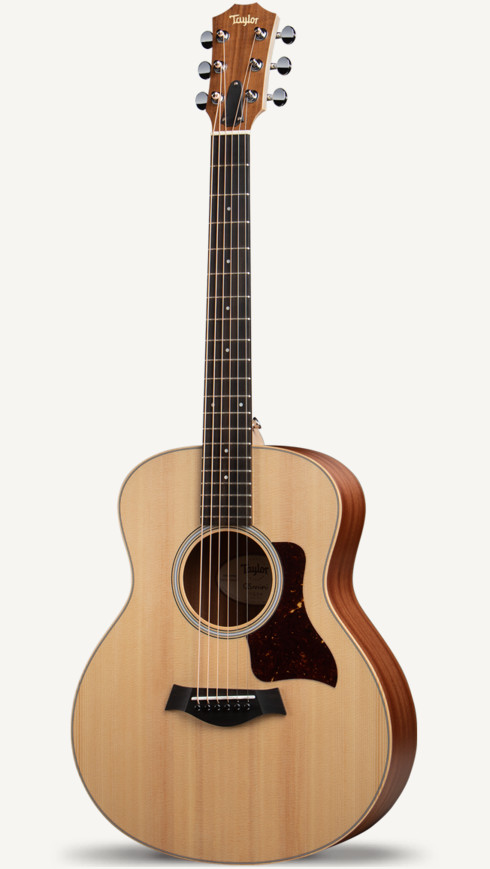
The guitar is one of the most famous instruments of the strings group, with the popularity of the instrument growing with the increasing availability of the instrument in music shops or at an online guitar store. The majority of the materials used for a guitar’s neck and body are derived from wood. It produces sound when the strings along the body are plucked or strummed by one hand and the strings across the neck are sustained by the other.
Violin
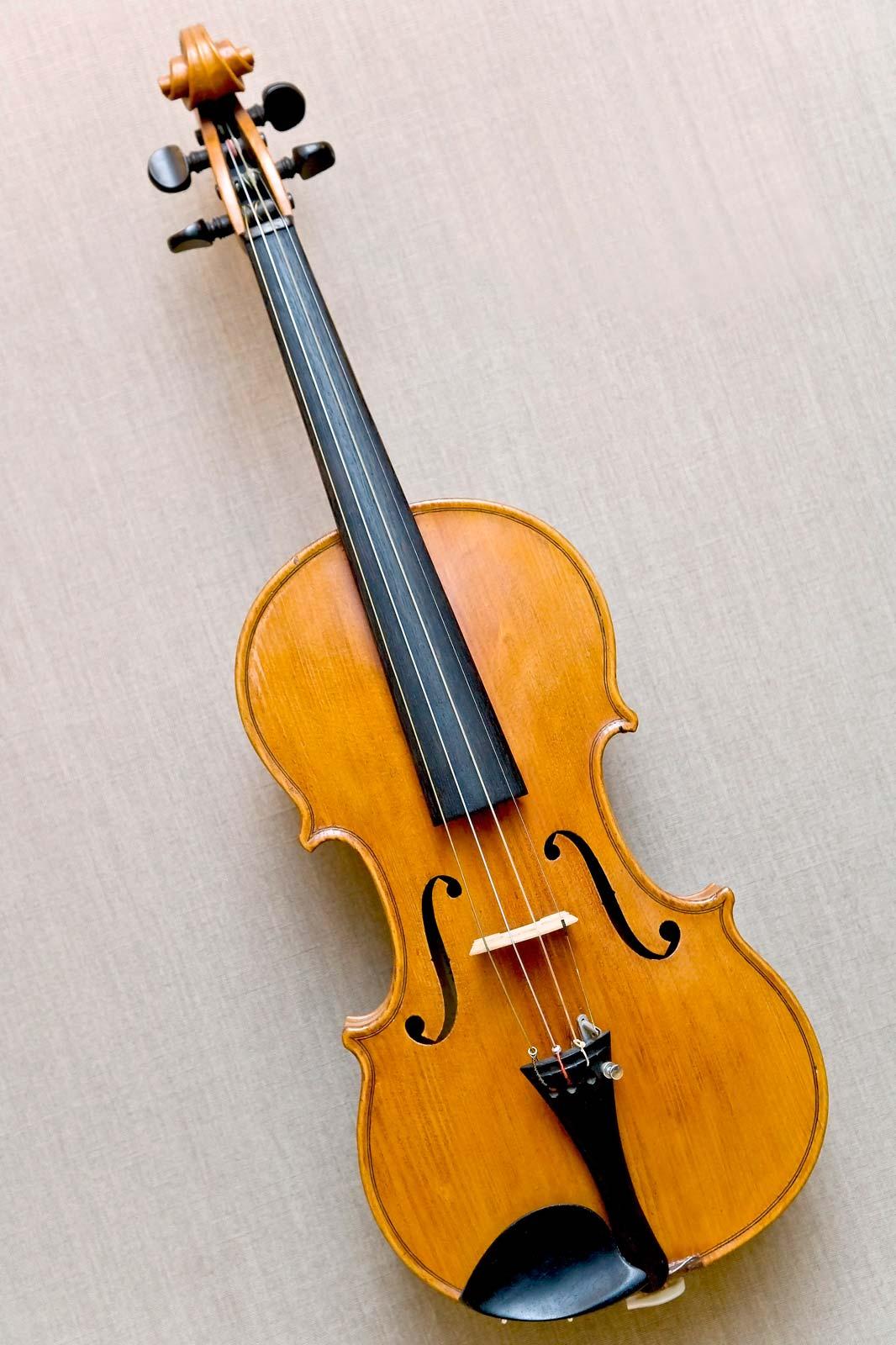
The violin is an instrument with commonly four strings (sometimes three or seven) and two f-shaped sound holes. It is partnered with a horsehair bow. It is considered the smallest, but the highest-pitched of all the instruments in the strings family.
Cello
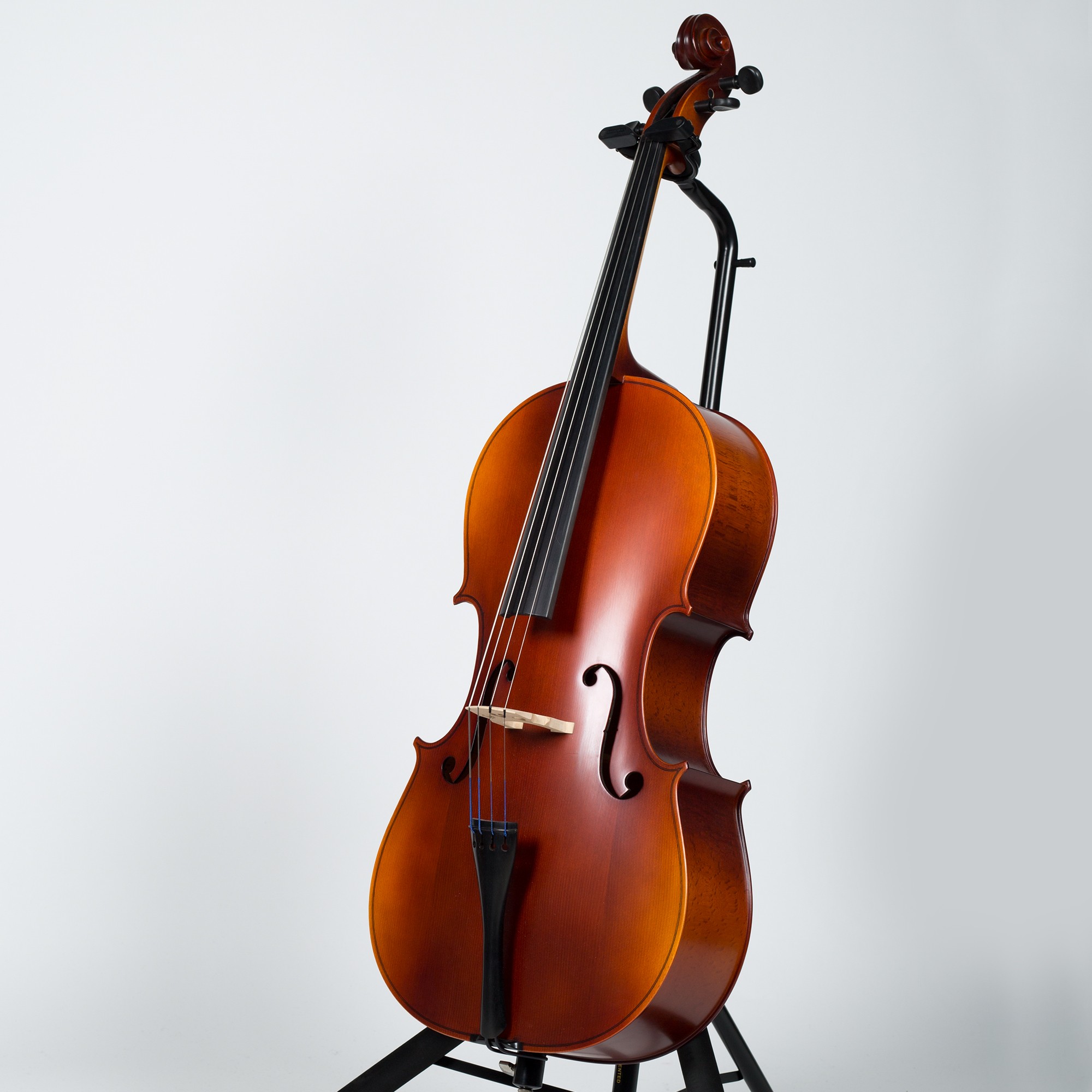
The cello can be described as a larger version of the violin. It is positioned on the floor, standing upright, and in between the legs of a seated player.
Banjo
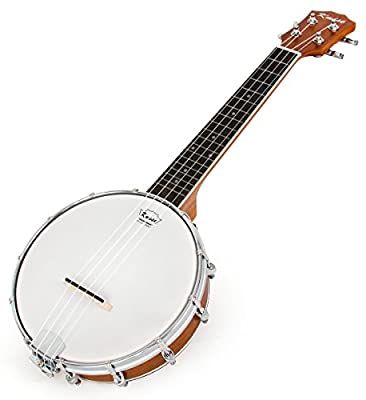
The banjo has a round open-backed structure and a narrow neck. It creates sound by plucking the strings situated on top of the stretched parchment. This instrument is especially loved in American folk music.
Harp
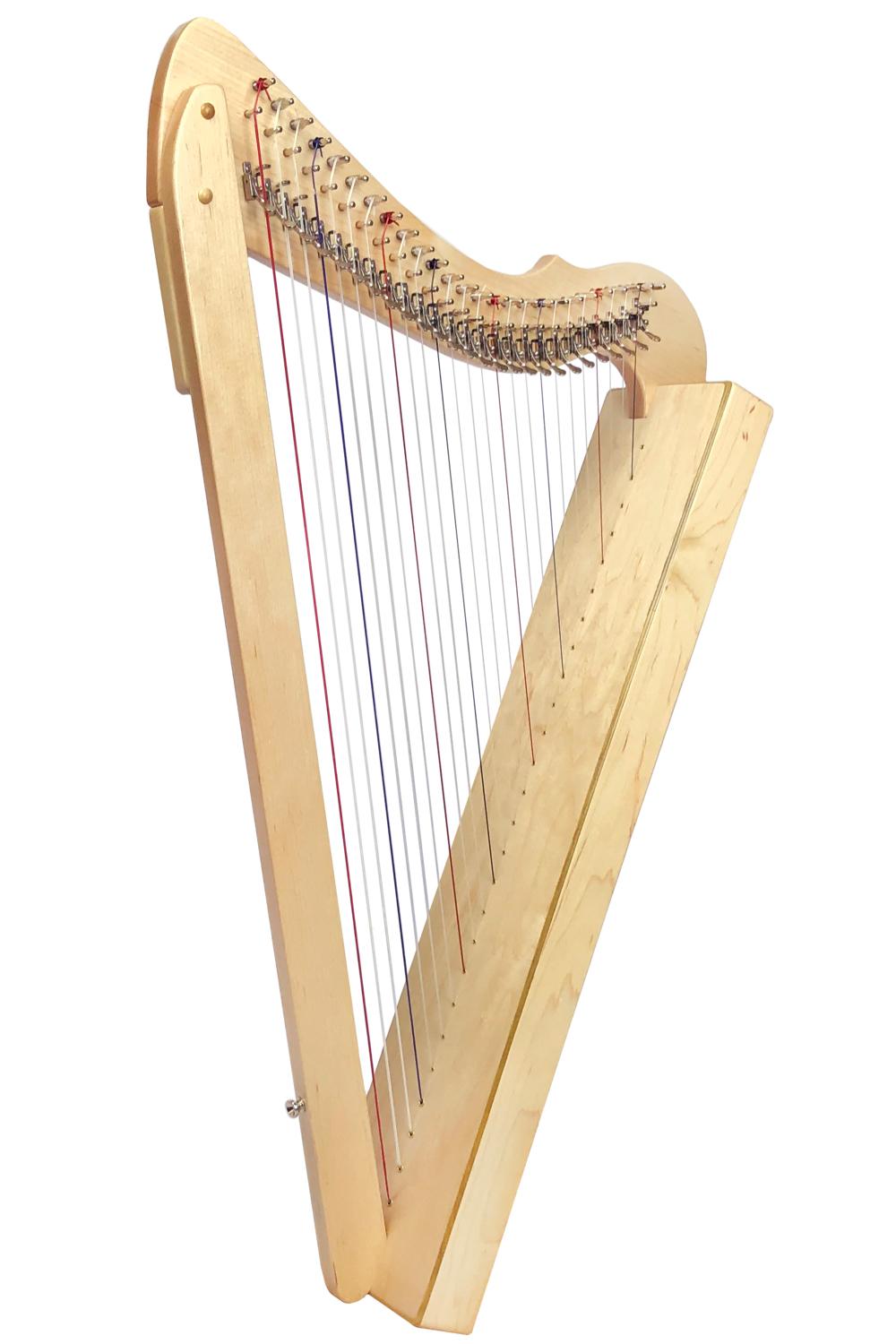
Just like the banjo and the guitar, a harp is mostly made of wood. There are modern harps, though, that are already made of metal. It has more strings than the rest of the instruments under this family. It can also produce sound by plucking and gently strumming the strings.
Woodwind Family
Woodwind instruments used to be made of only wood. Today, they can be made from wood, plastic, or metal. The instruments under this family all have long slender pipes, a mouthpiece on top, and an open end at the bottom. Sound is produced by the combination of blowing air into the body and covering the surrounding holes with your fingers.
Flute
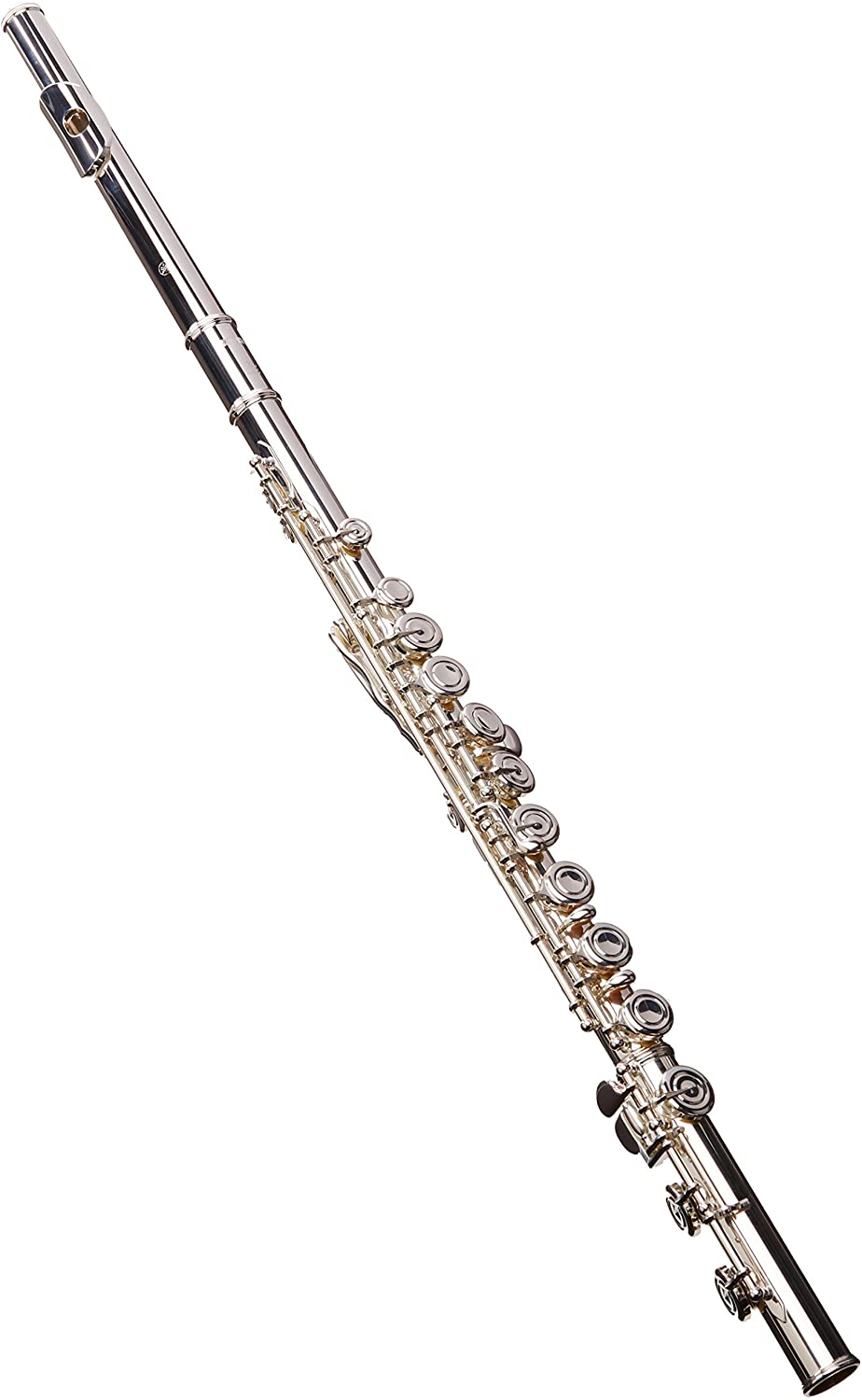
The Flute is an instrument with several holes that can be played with by the musician. It can be positioned horizontally or vertically at the tip of the player’s mouth. The narrow body of the flute receives the air from the mouth and produces different sounds.
Clarinet
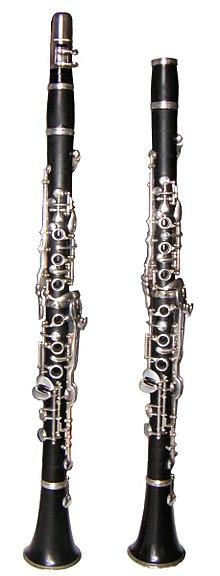
The clarinet is played vertically and contains a flared tip at the bottom, one mouthpiece on top, and several holes along its body. To manipulate the sound, there are small gears to stop air from flowing freely through the holes.
Saxophone
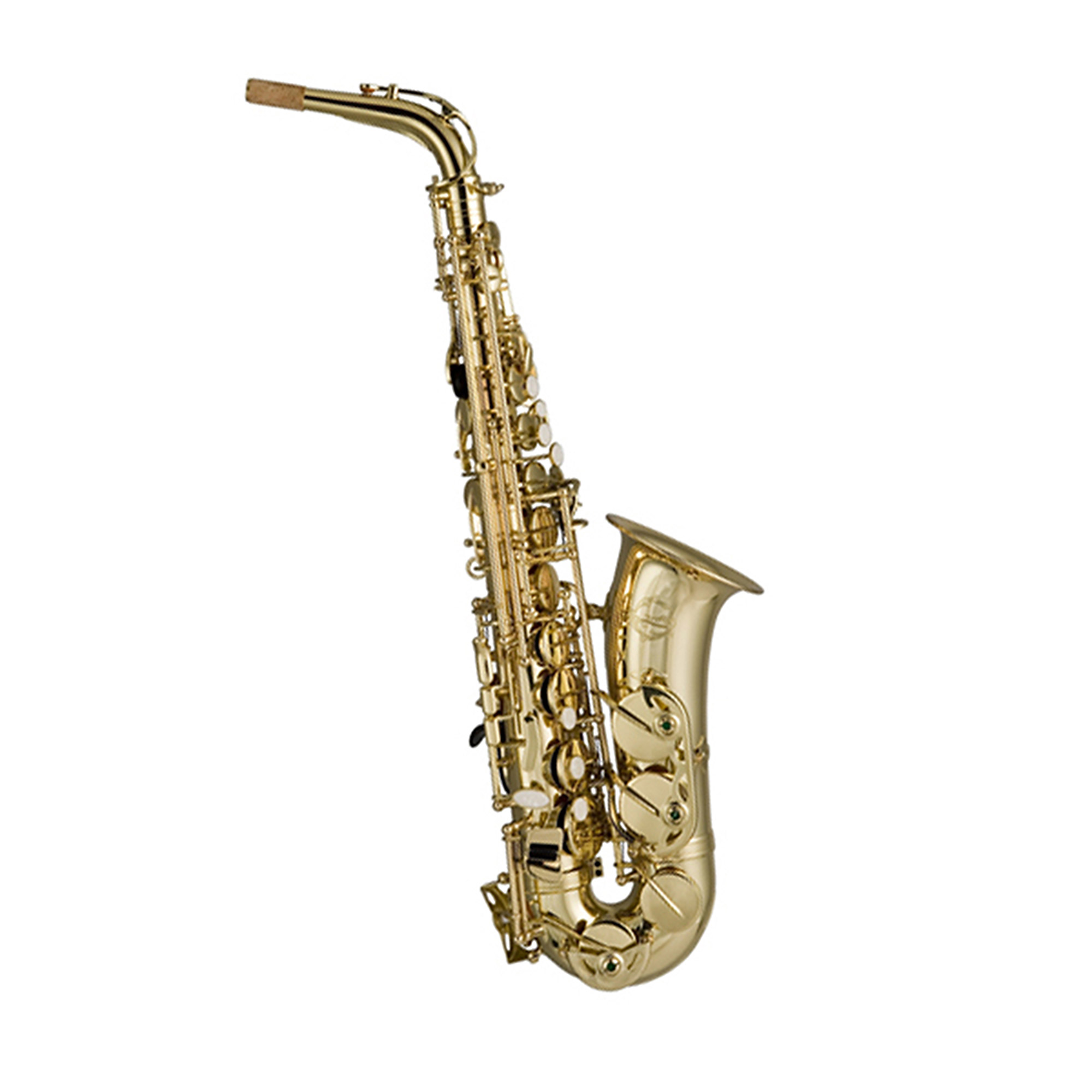
The saxophone family is a group of instruments under the woodwind family with cone-shaped tubes. It has approximately 24 holes that can be controlled by metal or brass keys. Its mouthpiece is similar to the mouthpiece of the clarinet.
Brass Family
The brass family’s name originated from its main material, which is brass. Instruments under this group are known to be larger than any other instruments in an orchestra. Just like the woodwind group, brass instruments produce sound when the player breathes air through the cup-shaped embouchure. The members of the brass family have long pipes, with valves connected to them.
Trumpet
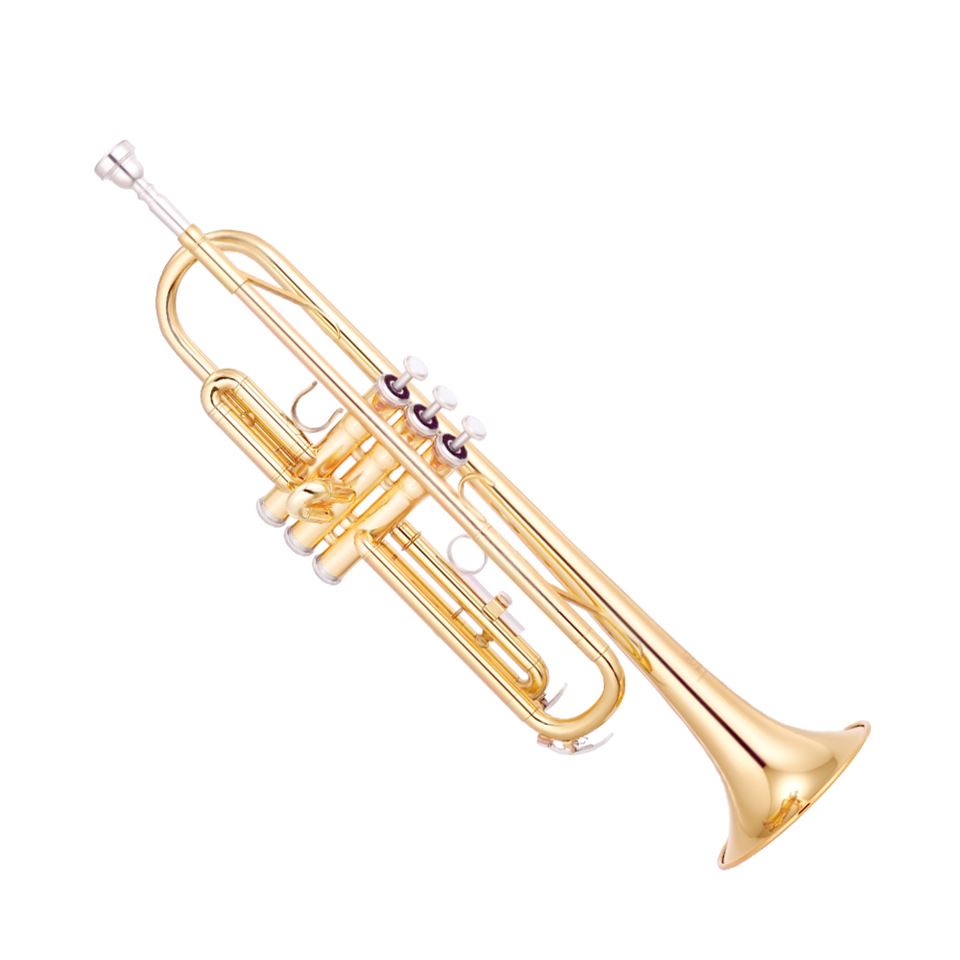
Trumpets are a well-known instrument from the brass group. They produce a sharp, penetrating sound when blown. The body is a straight-sided coil with valves, formed by bending the tubes.
Trombone
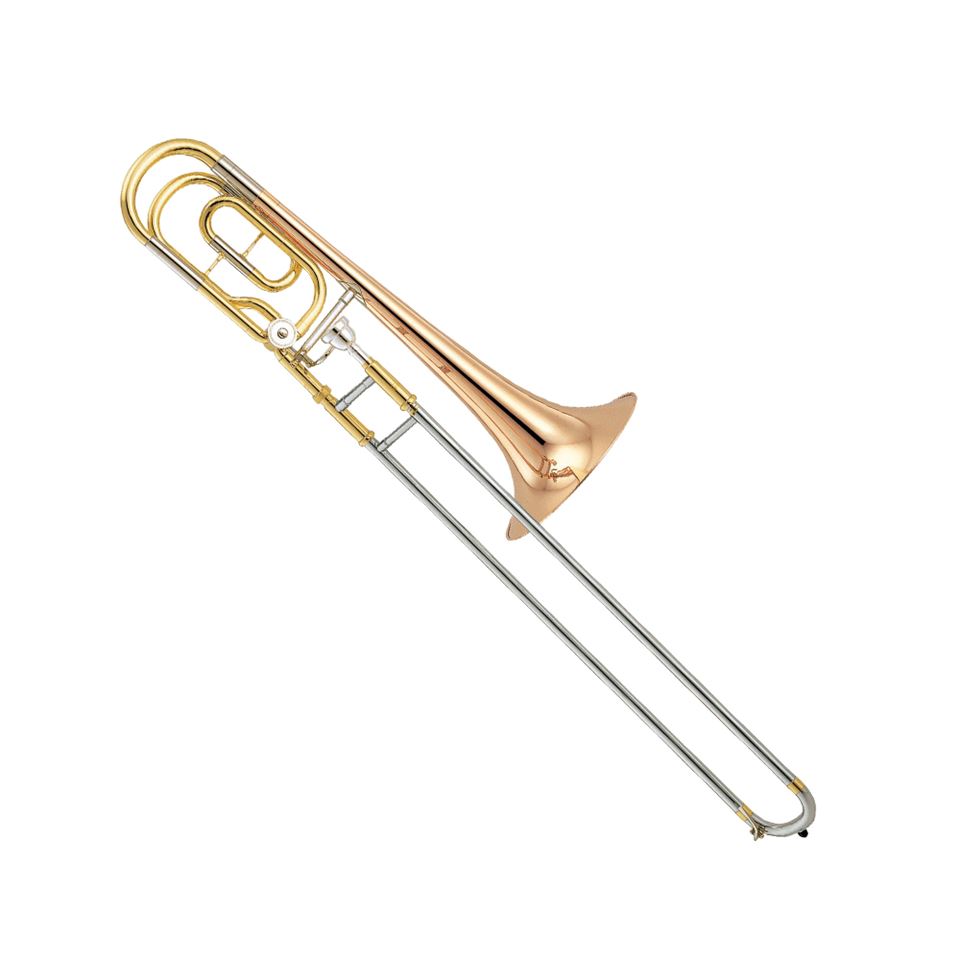
The trombone is a larger brass instrument than the trumpet. It is mostly made up of yellow brass. To play the trombone, it must be on top of the player’s left shoulder, and the mouthpiece perfectly at the tip of the mouth. Sound is produced by blowing air into the mouthpiece and pushing and pulling the extendable slides forward and backward.
Tuba
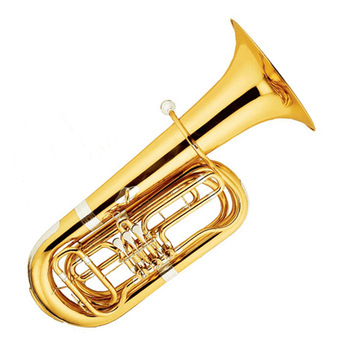
The tuba is one of the larger members of the brass family. It has a wide belly, with about three to six spigots. This instrument also produces a bass pitch, and is used in orchestras to play basslines.
Percussion Family
Any instrument that creates sounds when they are hit, scraped, or shaken is considered a percussion instrument. Most percussion instruments rely on perfect stroke and timing. The musical instruments that belong to this family are also known to provide rhythm and unique sounds.
Piano
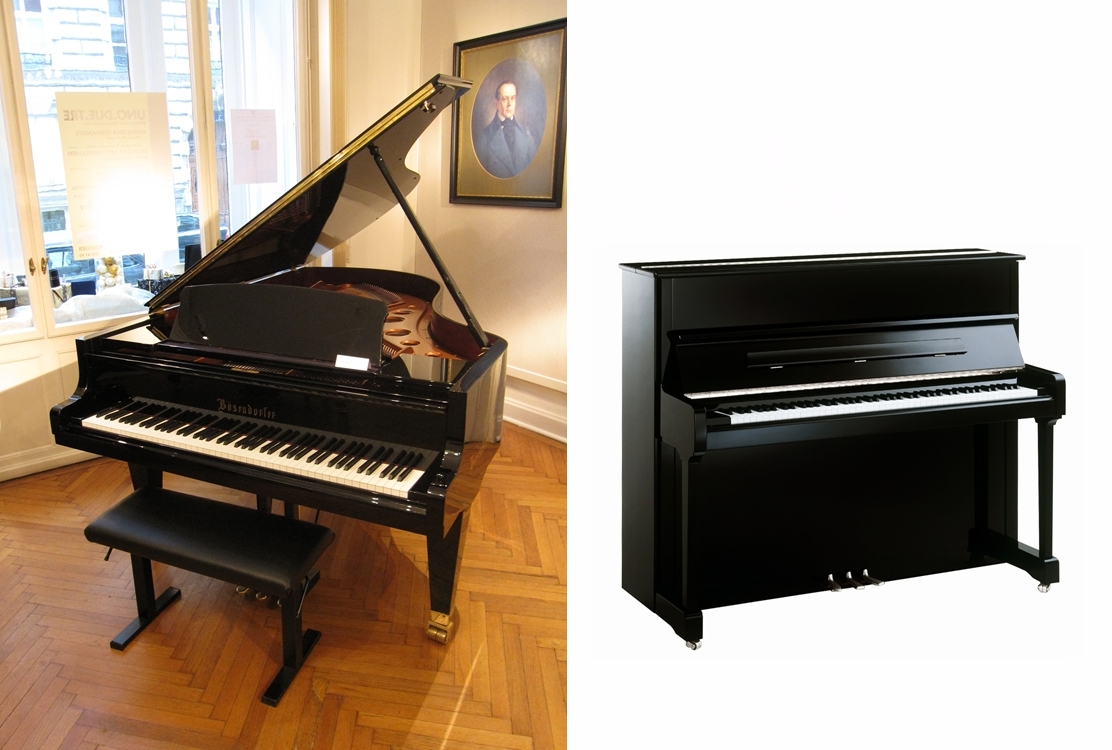
The piano is a controversial member of the Percussion family. Many people believe it should be in the strings group. Nevertheless, the piano produces sound when the player pushes down the black and white keys with their fingers. Find the best pianos for sale which has a distinct and harmonious sound.
Xylophone
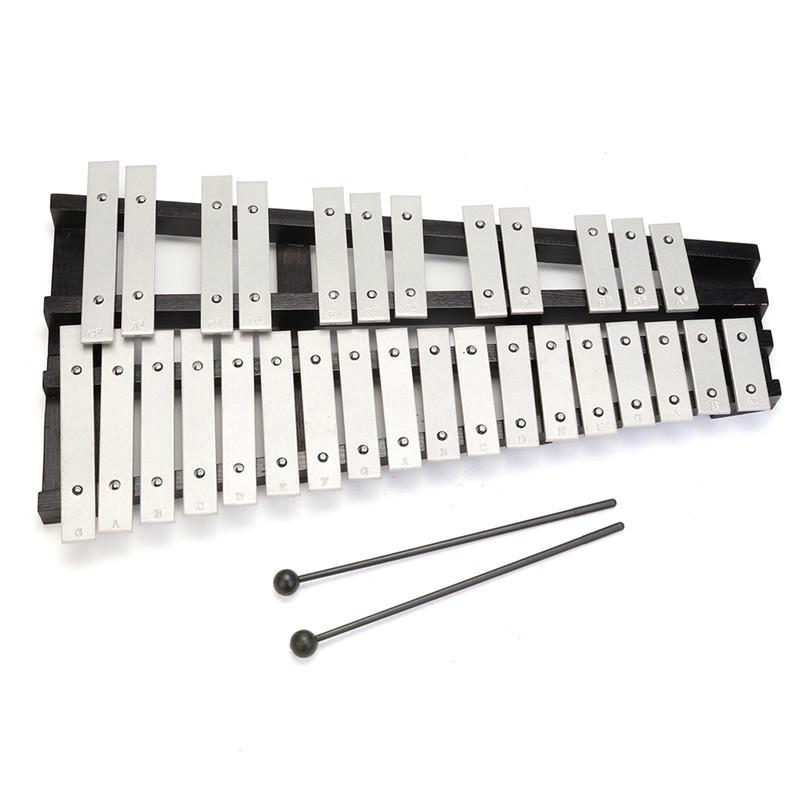
Xylophones are just like pianos, in that keys must be hit to be able to produce sound. However, the xylophone requires a mallet. You can create different sounds from this instrument by using various mallets and changing hitting strength.
Acoustic Drums
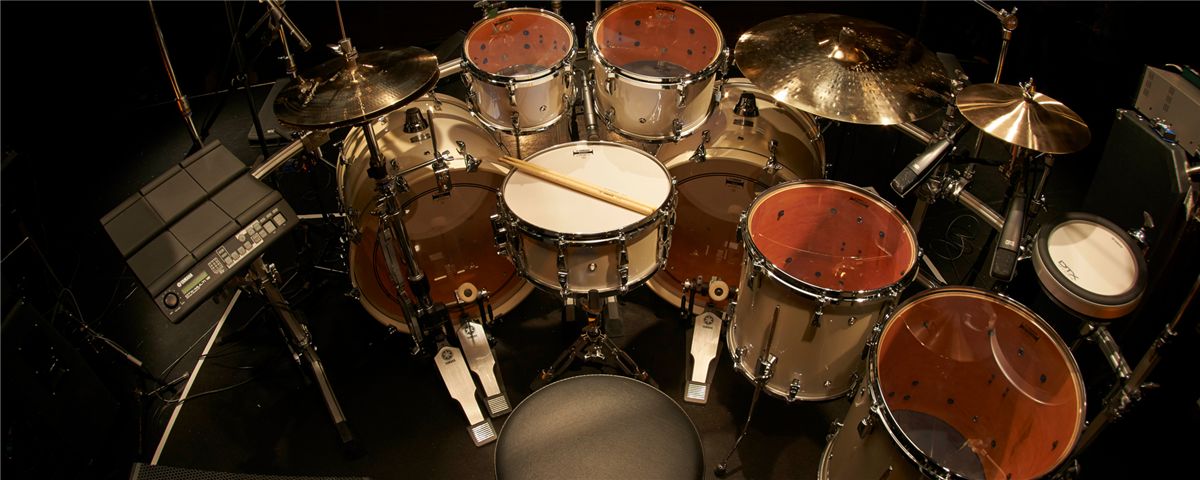
Acoustic drums are one of the earlier forms of drums. The set produces sound by striking with a drumstick or a mallet. This instrument is for higher-energy playing and is also sensitive to touch.
Triangle
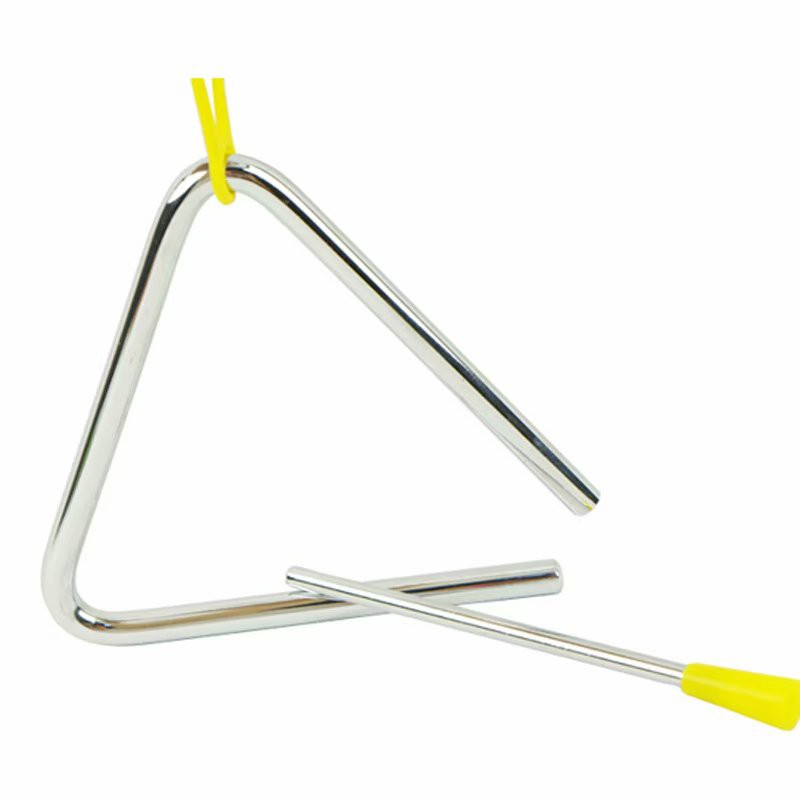
The triangle derived its name from the shape of its body. This instrument produces sound by hitting the triangular structure with a stick while holding it up. It also has a high-pitched, distinct sound that travels calmly into the air.
Maracas
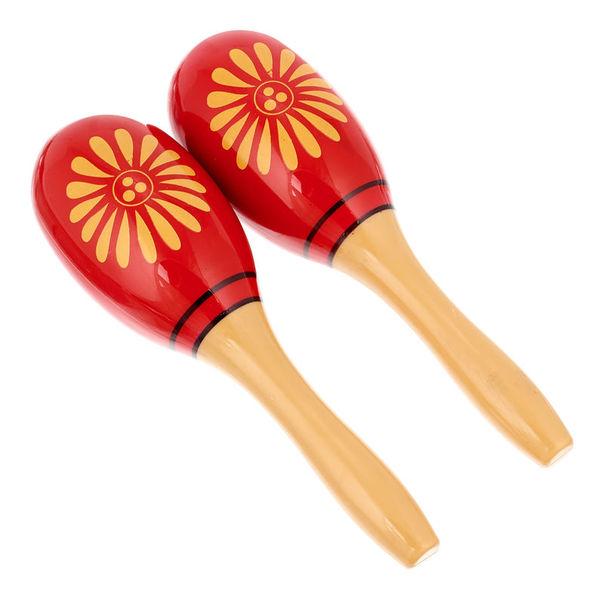
The maracas are an instrument that originated from Mexico. It is filled usually with beads or dry seeds, encapsulated by an oval body. The maracas make a sound when it rattles by shaking its handle.
Castanets
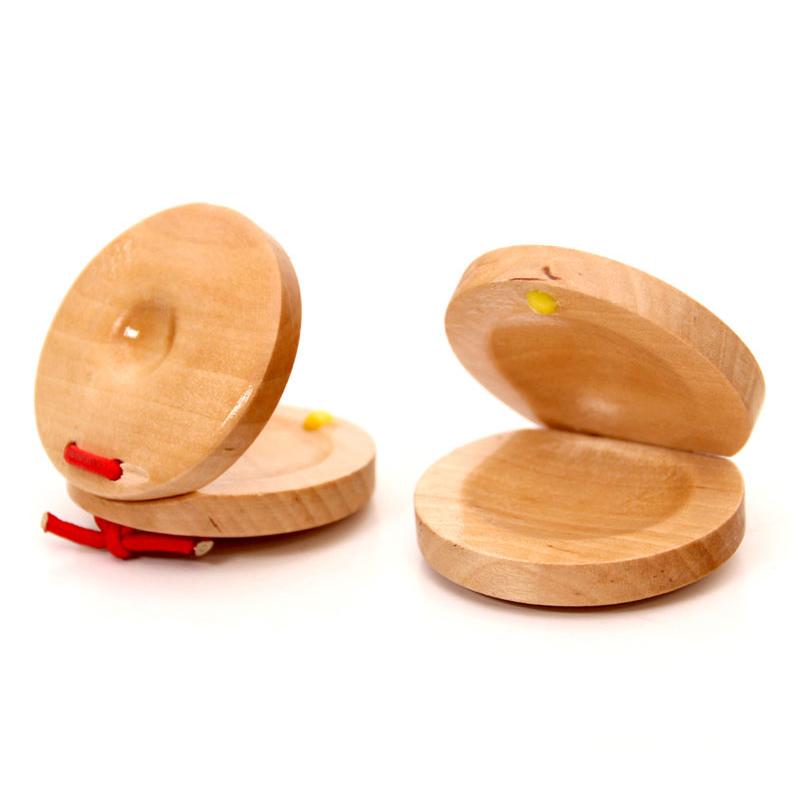
Castanets are one of the smaller instruments among all the instrument families. It is formed by two circular structures combined on one end. The player must slip one or two fingers into the string to hold the castanet, which produces sound when the two circular pieces hit each other.
What Will Acoustic Music and Acoustic Instruments Offer the Succeeding Generations?
As much as electrical instruments play a big role in the industry today, there is no denying that it all started with simple acoustics. As instruments and genres of music evolve each year, we must remember that there is beauty in history. Before there were stylish drum sets and electric guitars, there were first classic, hand-made wooden instruments.
Acoustic instruments are the easiest and most enjoyable to teach to the new batch of musically-curious children. But more importantly, acoustic music brings the purest and most unaltered melodies.
Generations after ours deserve to inherit the richness of music, and the plain, genuine sound in every tone, rhythm, and stroke. These acoustic musical instruments will offer the succeeding generations the avenue to express themselves without hesitation. Moreover, they will have the confidence to create their own music that will resonate throughout the world.